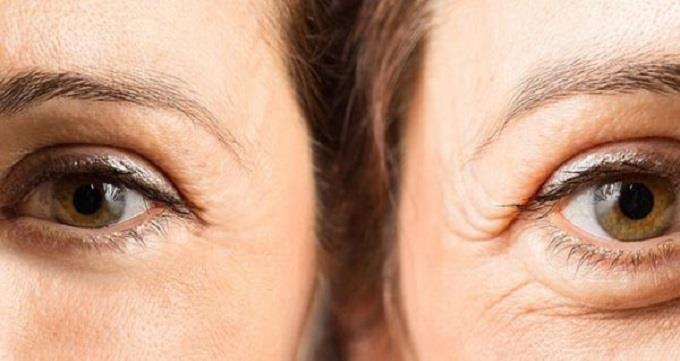
A blepharoplasty is a surgical procedure to improve the appearance of the eyelids by removing excess fat, skin and muscle. The procedure is commonly performed to correct drooping upper eyelids, under-eye bags, and wrinkles around the eyes. Blepharoplasty sutures are used to close the incision lines and support the healing process.
Blepharoplasty sutures are usually placed in a continuous pattern along the length of the incision line. The goal is to create tension-free closure that allows the skin to heal properly and reduce scarring. The sutures are typically placed in a spaced pattern to prevent any puckering or misalignment of the skin. In some cases, a few additional sutures may be placed at the corners of the incision to ensure proper closure.
Blepharoplasty sutures are typically made from absorbable materials such as polyglycolic acid or polydioxanone. These materials are designed to slowly break down over time and are typically removed after 7 to 10 days. Non-absorbable sutures, such as nylon or silk, may also be used and typically require removal after two to three weeks.
After the blepharoplasty sutures are applied, the surgeon will carefully check the incision lines for any signs of infection or excessive bleeding. The sutures may be covered with a sterile dressing or ointment to protect the incision site. In some cases, the blepharoplasty sutures may be left uncovered to promote faster healing.
Blepharoplasty sutures are an important part of the healing process. Proper application and care can help reduce the risk of complications and ensure a successful outcome. It is important to follow your surgeon’s instructions for proper wound care and to contact them immediately if any signs of infection or excessive bleeding occur. Blepharoplasty sutures are an important part of the procedure and play a critical role in the healing process.
The blepharoplasty sutures are made up of a material that is slowly broken down and absorbed by the body. The sutures are made up of a material that is biocompatible, meaning that they are safe for the body and will not cause any adverse reactions. After the surgery, the sutures are placed under the skin to hold the incision together while it heals. As the skin begins to heal, the sutures begin to break down and are eventually absorbed by the body.
In general, the blepharoplasty sutures take about two weeks to dissolve completely. It is important to keep in mind that the dissolving process can vary from person to person and can also depend on the type of sutures used. It is important to follow the post-operative instructions given by your doctor as this can help to ensure that the sutures dissolve properly and the incision heals properly. Following the post-operative instructions will also help to reduce the risk of any complications.
1. Scarring: Blepharoplasty sutures may cause visible scarring in some cases.
2. Risk of Infection: As with any surgery, there is a risk of infection from the incision sites after blepharoplasty sutures are used to close the eyelids.
3. Dry Eyes: After blepharoplasty, some patients have experienced dry eyes due to the disruption of tear production caused by disturbing the ocular surface during surgery and/or using eye drops too soon after surgery which can wash away natural oils that keep tears produced on our eyes longer giving us relief from dryness discomfort or burning sensation in our eyes sometimes associated with this condition .
4 Bloodshot Eyes : There is also a possibility that blood vessels around your lower lids will be damaged during eyelid tightening and can make them appear as red or bloodshot for several weeks following surgical procedures involving these areas .
5 Prolonged Swelling : In rare instances , swelling could occur for over two months after an upper lid procedure , which would require additional medical attention if it persists beyond this time period .